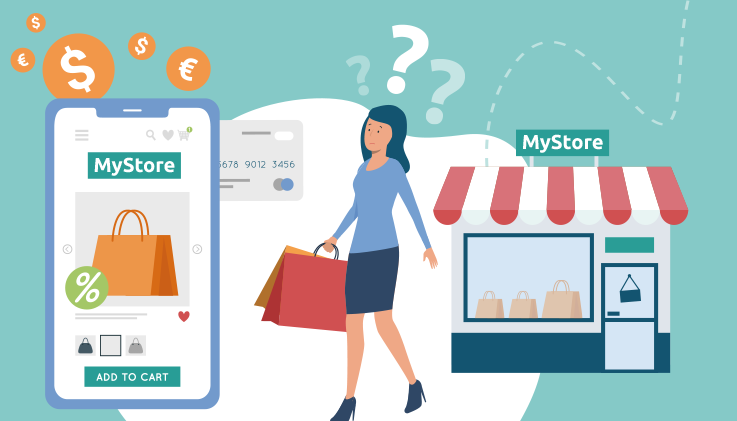As businesses expand their products and sales channels, the risks of brand cannibalization and channel conflict grow. Brand cannibalization occurs when a new product or service takes sales away from your existing offerings. Channel conflict arises when different sales channels compete instead of working together. Both of these challenges don’t just threaten revenue — they directly affect customer support, satisfaction, and loyalty.
Customer support teams are on the front line of these issues. They see first-hand when customers are confused about overlapping products or experience inconsistencies across channels. Unclear product positioning, inconsistent pricing, or conflicting channel information can create avoidable support tickets. This increases operational costs and reduces the quality of the customer experience.
Whereas a seamless experience across products and channels leads to fewer support tickets, higher satisfaction, and stronger loyalty. Customers feel understood, guided, and supported at every touchpoint.
Define product roles clearly to reduce support burden
Every product should have a distinct purpose and audience. When customers understand what each product is for, they make faster, more confident decisions. For support teams, clear product differentiation reduces repetitive questions and escalations. Agents can guide customers effectively, helping them choose the right solution without frustration. This not only improves efficiency but also creates positive interactions that build trust and loyalty.
Align channels to prevent confusion
Channel conflict can overwhelm support teams when different channels provide inconsistent information or pricing. Customers frustrated by conflicting messages reach out more often, increasing support workload and risking negative experiences. By ensuring pricing, messaging, and promotions are consistent across channels, support teams can provide accurate guidance every time. Clear channel alignment also allows agents to resolve issues faster, creating a seamless customer journey and protecting brand credibility.
Empower support teams through Collaboration
Support teams are a goldmine of insights. They observe recurring questions, confusion about products, and friction points across channels. Sharing this knowledge with marketing, sales, and product teams enables proactive fixes. For example, if support agents notice repeated questions about similar products, marketing can clarify positioning, and product teams can adjust packaging or feature sets. This reduces cannibalization, smooths customer interactions, and ensures channels complement rather than compete.
Monitor support data to spot early warning signs
Support metrics are critical for identifying cannibalization and channel conflict. High volumes of similar tickets or complaints about conflicting information can signal internal issues. Analytics can reveal patterns where new products or channels are unintentionally undermining existing offerings. By acting on these insights early, companies protect revenue and maintain a consistent, positive customer experience. Support teams not only resolve problems but also inform strategic decisions that prevent revenue loss.
Support as a strategic partner in growth
Expanding your brand and channels is essential for growth, but unmanaged cannibalization and channel conflict can quietly undermine revenue and the customer experience. By defining products clearly, aligning channels, empowering support teams, monitoring data, and prioritizing the customer experience, companies can scale without compromise.
Customer support becomes more than a reactive function — it becomes a strategic partner in preventing revenue loss, reducing friction, and building long-term customer loyalty. When every product, channel, and interaction is thoughtfully managed, growth and customer satisfaction go hand in hand.













